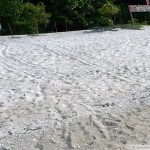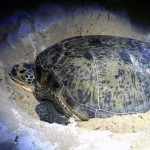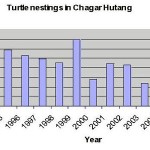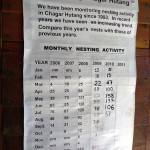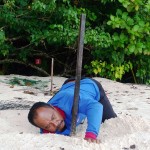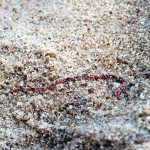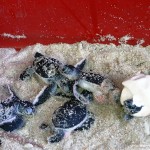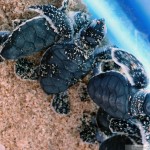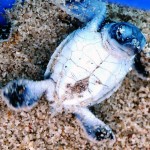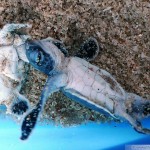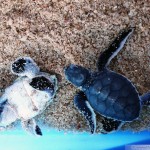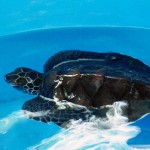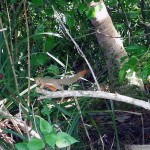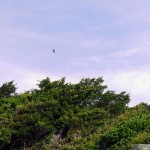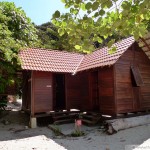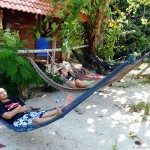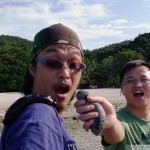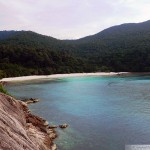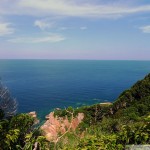AN isolated beach northeast of Redang Island, Chagar Hutang, is a nesting beach for two out of the four sea turtle species found in Malaysia — green and hawksbill turtles. A few hundred of them come ashore to nest annually.
Sea turtles often travel thousands of kilometres from their feeding grounds back to the beach where they were born to nest. Female turtles return to their nesting beach every few years to lay a few nests. Depending on the species, the number of eggs per nest can range from 20 to 200.
However, marine biologists estimate that only one out of 1,000 hatchlings will survive natural and human threats to reach adulthood.
In 1993, Dr Chan Eng Heng and associate professor Liew Hock Chark from Universiti Malaysia Terengganu started a project to tag the sea turtles and monitor their nestings at Chagar Hutang.
A volunteer programme was introduced in 1998. By helping out at Chagar Hutang for a week, volunteers get to observe firsthand mother turtles coming ashore to nest, hatchlings emerging from their nests, and even turtles mating in the sea.
Dr Juanita Joseph now heads the project. ![]()
Gan Pei Ling was one of the volunteers at Chagar Hutang from 11 to 18 Sept 2010. During her stay, she witnessed two green turtles’ nesting process and a natural emergence of green turtle hatchlings.
[related-posts]
The Nut Graph needs your support





